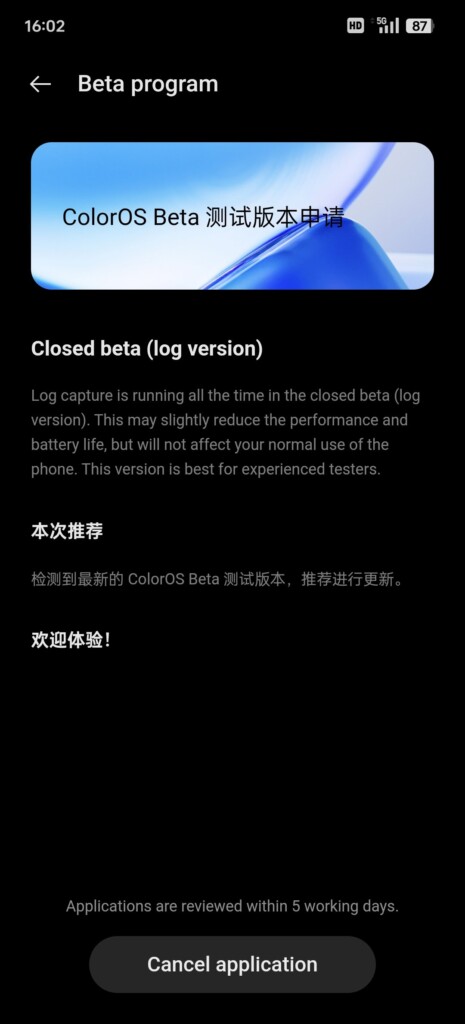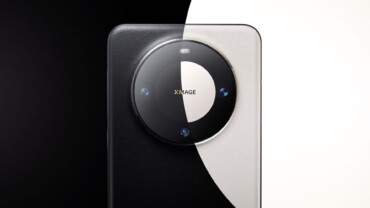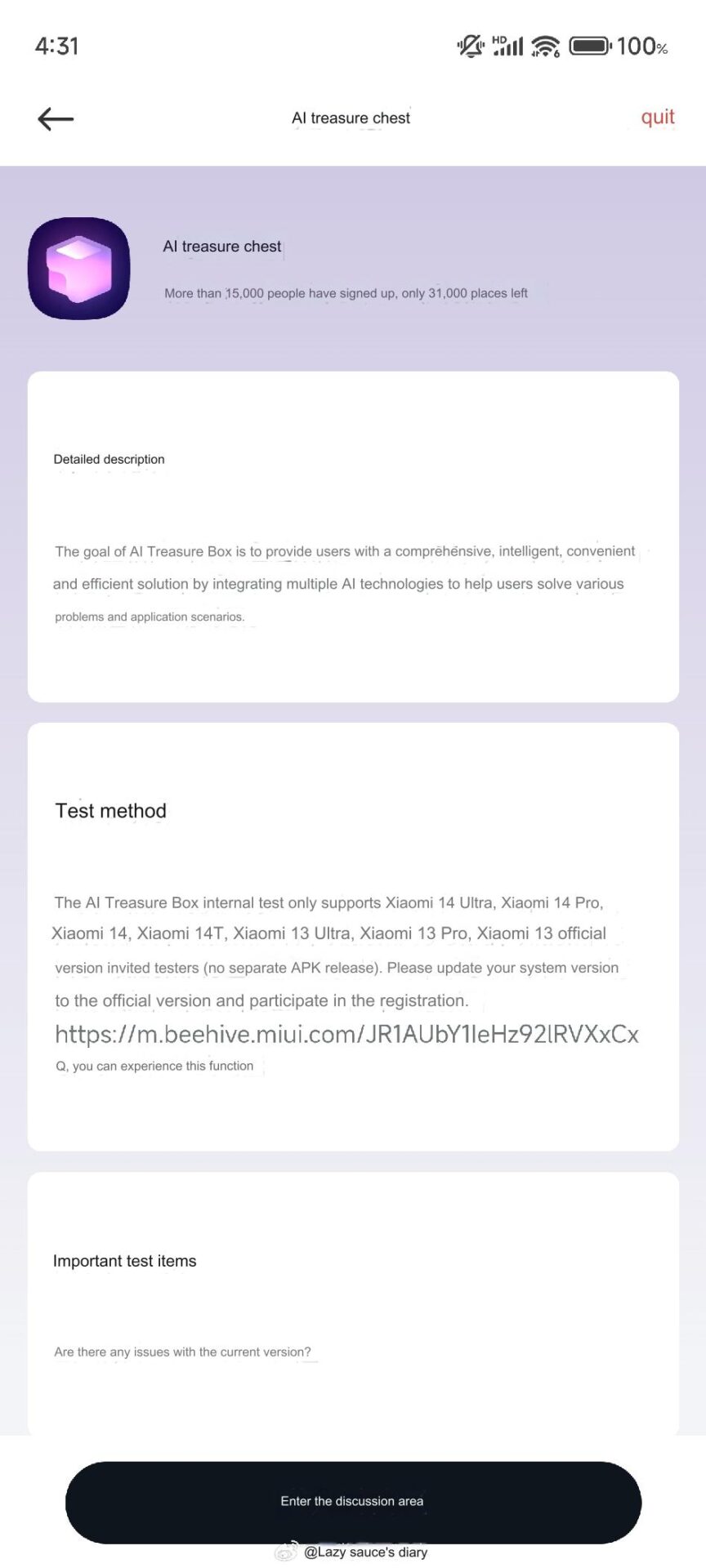As the tech world anticipates the launch of several Dimensity 9400-powered smartphones in October, the spotlight is now on the upcoming Oppo Find X8 series. According to a recent leak by Digital Chat Station on Weibo, the displays of the Find X8, X8 Pro, and X8 Ultra will feature different specifications, with some notable details about their design and resolution.
Display Specifications for Oppo Find X8 Series
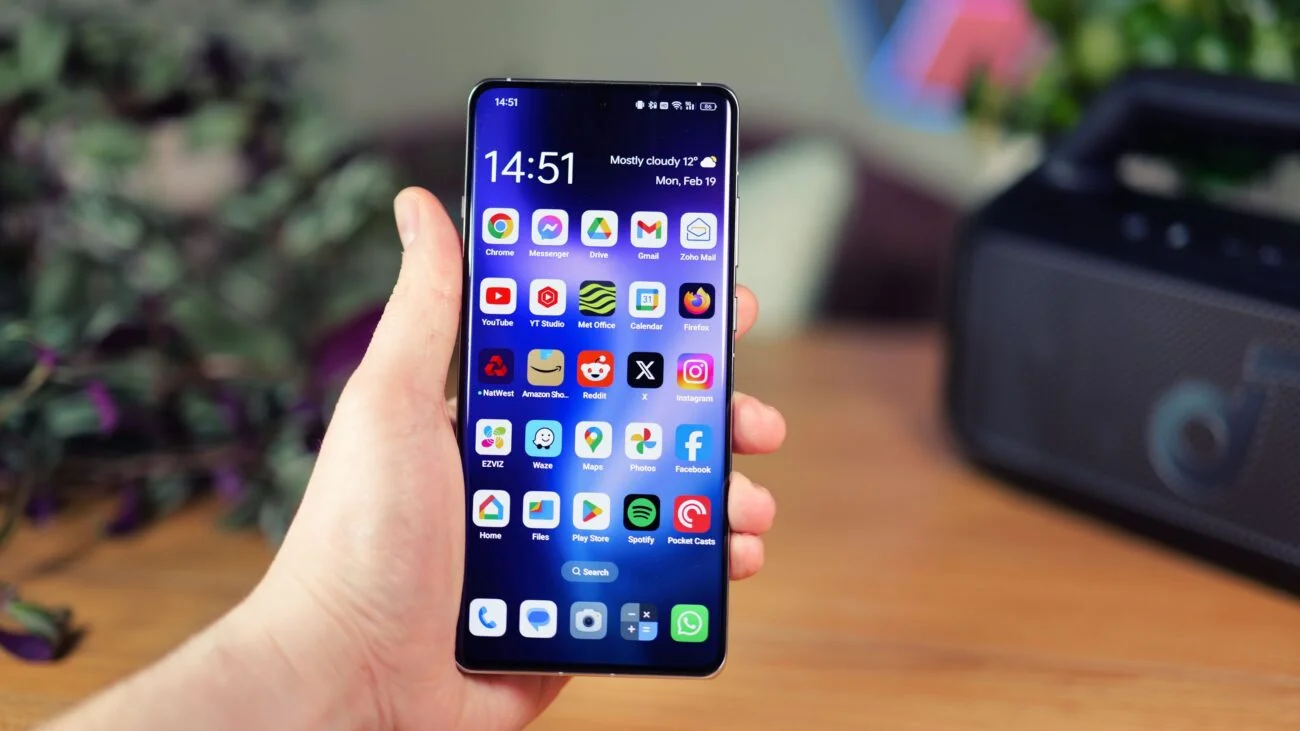
The Find X8 series is set to offer three distinct display options:
- Oppo Find X8:
- Display Type: Flat OLED
- Size: Approximately 6.5 to 6.6 inches
- Resolution: 2760 x 1256 pixels (1.5K)
- Oppo Find X8 Pro:
- Display Type: Slightly curved OLED with LTPO technology
- Size: Approximately 6.78 inches
- Resolution: 2760 x 1264 pixels (1.5K)
- Oppo Find X8 Ultra:
- Display Type: Slightly curved OLED with LTPO technology
- Size: Approximately 6.8 inches
- Resolution: 3168 x 1440 pixels (QHD+)
- Display Supplier: China-based BOE
Interestingly, the Find X8 Ultra’s display is rumored to be the same as that of the upcoming OnePlus 13, suggesting a shared design philosophy between the two flagship devices.
Expected Chipsets and Battery Details
The Find X8 and X8 Pro models are likely to be powered by the Dimensity 9400 chipset, which is expected to offer robust performance for these mid-to-high-end smartphones. In contrast, the Find X8 Ultra is rumored to feature the Snapdragon 8 Gen 4, but it won’t be released until January 2025. The battery capacities for the series are projected to be:
- Find X8: 5,600mAh
- Find X8 Pro: 5,700mAh
- Find X8 Ultra: 6,100mAh or 6,200mAh
Camera and Color Options
The camera setups across the series will vary, with the Find X8 featuring a triple-camera array, including a single periscope telephoto lens. Meanwhile, the X8 Pro and X8 Ultra will boast quad-camera setups with dual periscope telephoto cameras, promising enhanced zoom capabilities.
Color options for the Find X8 will include black, white, blue, and pink. However, the Pro variant will skip the pink option, potentially indicating a more conservative color palette for the higher-end model.
OnePlus 13: What to Expect
As for the OnePlus 13, it’s expected to debut in China in the last quarter of this year, powered by the Snapdragon 8 Gen 4 chipset. The shared display design with the Find X8 Ultra could point to similar aesthetic and functional features across these flagship devices from Oppo and OnePlus.
Final Thoughts
The leaks surrounding the Oppo Find X8 series and the OnePlus 13 suggest a strong focus on display quality and advanced camera features. With the expected launch dates drawing closer, tech enthusiasts can look forward to more detailed announcements that will confirm or further refine these early insights. Stay tuned for updates as the release dates approach.


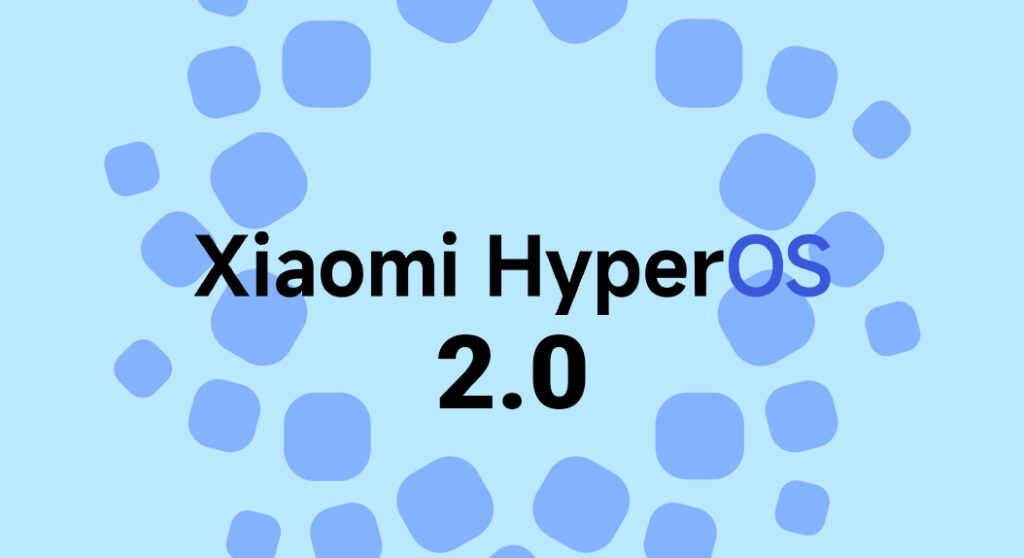

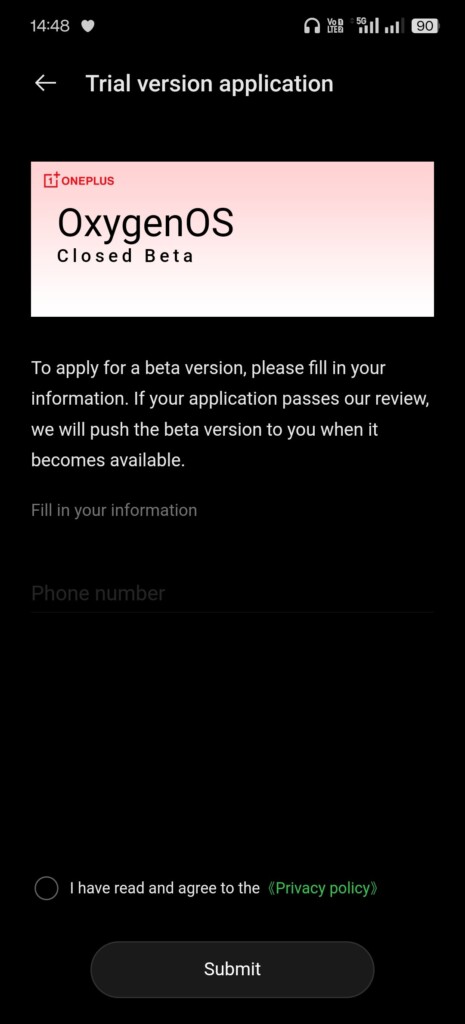 OnePlus has kickstarted the Closed Beta registration for its upcoming OxygenOS 15, which is tailored for the OnePlus 12. This version is expected to bring a host of new features and optimizations, making it an exciting update for OnePlus users. If you own a OnePlus 12, this is your chance to experience the future of OxygenOS before anyone else.
OnePlus has kickstarted the Closed Beta registration for its upcoming OxygenOS 15, which is tailored for the OnePlus 12. This version is expected to bring a host of new features and optimizations, making it an exciting update for OnePlus users. If you own a OnePlus 12, this is your chance to experience the future of OxygenOS before anyone else.